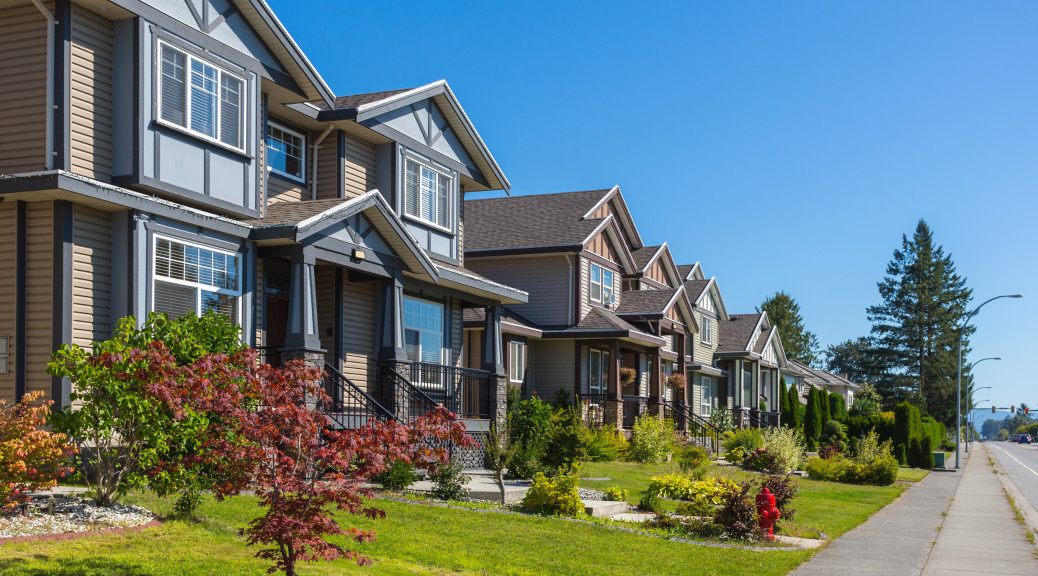Did you know that there are 43 million people in the U.S. who live in rental properties? According to America’s Rental Housing: Expanding Options for Diverse and Growing Demand, a study by the Joint Center for Housing Studies of Harvard University, the number of renters has increased by 9 million since 2005; we have not seen such a surge since the mid ’60s.
Renters in their 50s and 60s lead this group with a 4.3 million increase, while millennials increased by one million and the Generation X increased by 3 million since 2005. Along with the number of people who rent, the rents have been on the rise.
This increase in demand for rentals has been propelled by various factors like the Great Recession and the conveniences associated with renting versus owning. Homeownership rates peaked in 2004 but the collapse of the housing market forced about 8 million homes into foreclosure. The past decade has seen the buying of homes become more difficult due to unemployment, pay cuts and stringent mortgage credit rules.
A comparison of annual incomes shows that renters who make less than $25,000 a year have increased by 4 million since 2005. This is because renting is slightly more plausible than buying. With a major demand for rental homes over the past decade, the nation has seen an increase of 8.2 million rental units since 2005. This was made possible by large-scale construction of multifamily units and more single-family homes being placed on the rental market.
Even though there has been a surge in multifamily home construction, it has not eased the burden of setting aside a major chunk of your paycheck towards rent alone. Low- and moderate-income renters are in a limbo, with buying and renting being similarly difficult.
Most of the 400,000 multifamily units constructed through the third quarter of 2015 cater to high-income renters, leaving the low- and medium-income groups in a lurch. The asking rates for 31 percent of new multifamily units is between $850 and $1,249, 26 percent range between $1,250 and $1,649, 17 percent between $1,650 and $2,249 and 17 percent more ask for $2,250 and above. Only 10 percent of new rental homes have rents less than $850, which makes rental housing less affordable for almost half of the renter households. Income growth has not been able to be in par with the hike in rental prices and this has kept the rate of burdened renters at 51 percent.
The federal government has in place rental assistance programs and efforts have been made to provide more basic necessities like affordable housing and healthcare to the most affected households; we would like to close 2015 with the hope that the coming years will bring some respite to the rental situation across the nation.

 Login
Login

